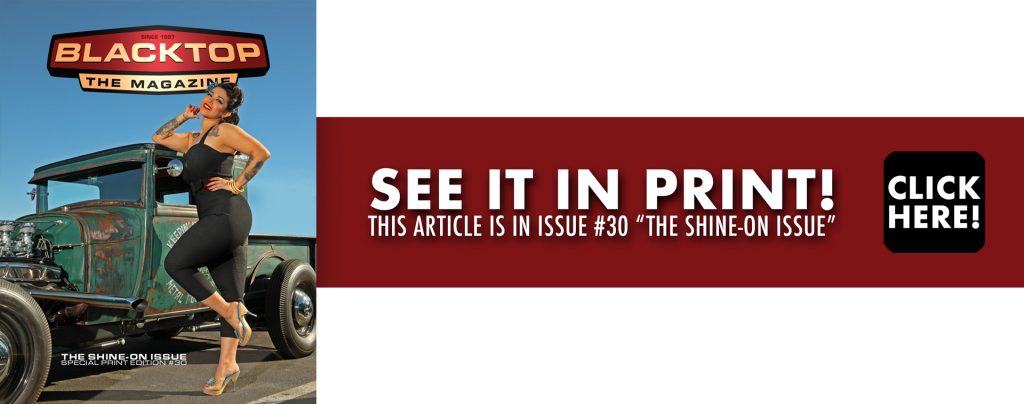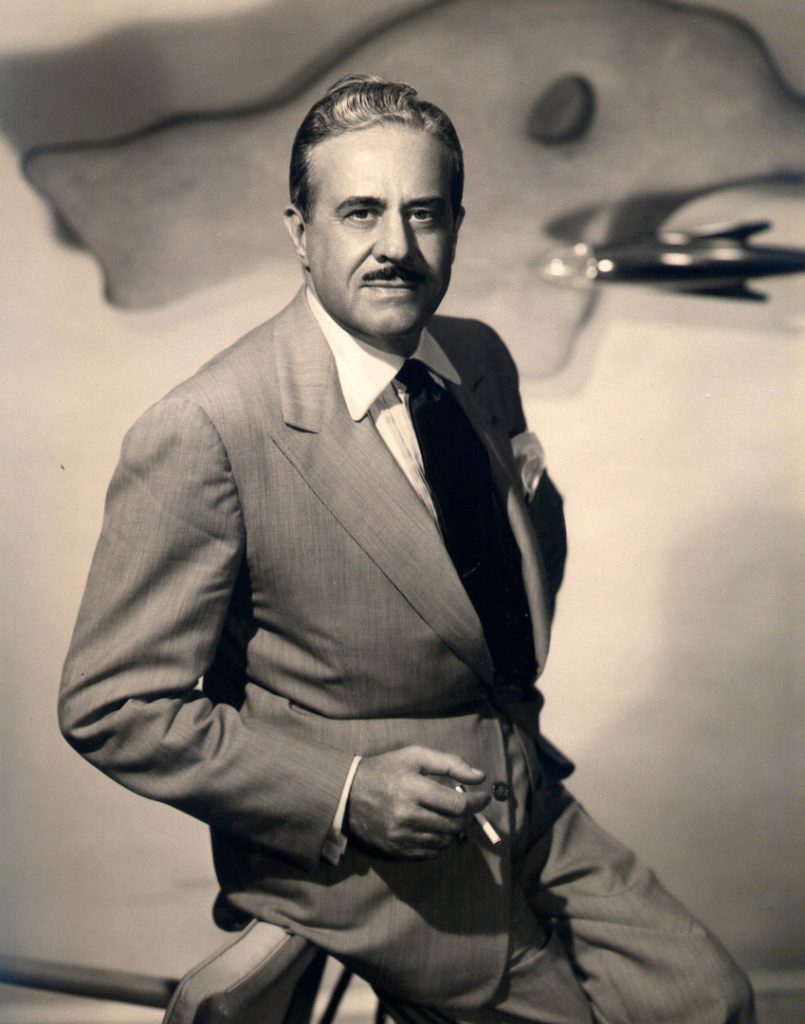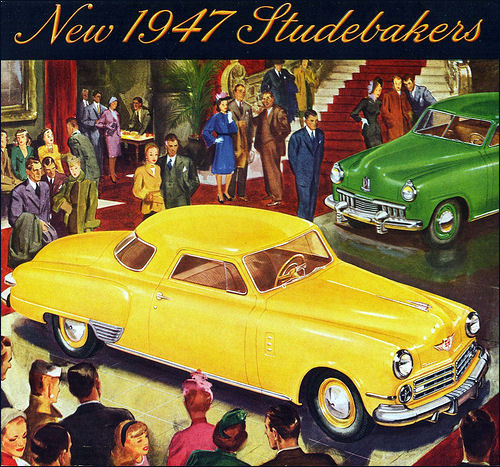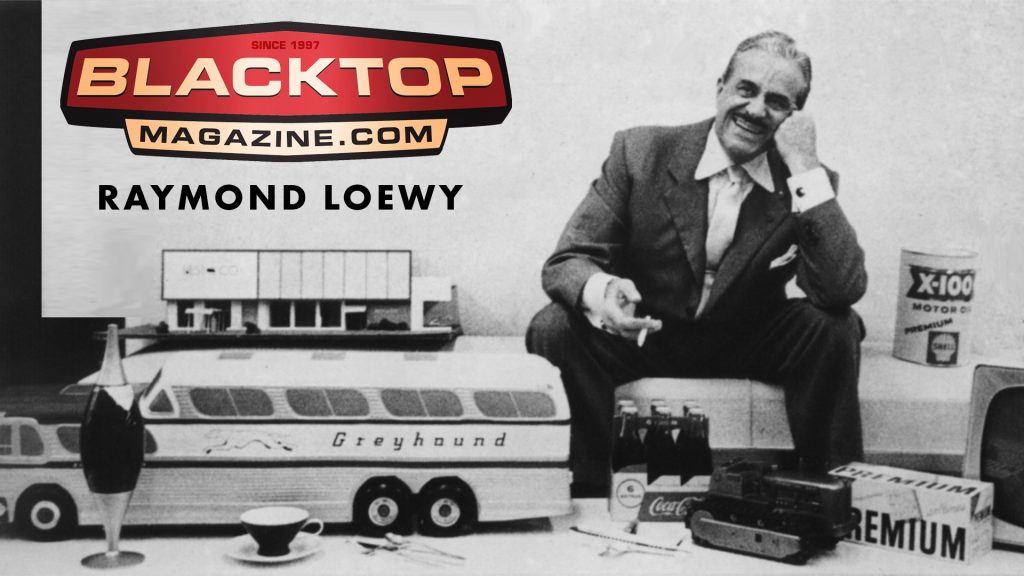
A Brief History of Raymond Loewy Associates
“Never Leave Well Enough Alone.”
Raymond Loewy
When I was studying design at Laguna College of Art & Design in the 1980’s my dad gave me a special edition magazine that featured American Design of the 1930’s through the 1970’s. One of the four articles in this 50-page magazine featured my all-time favorite designer; Raymond Loewy.
The article highlighted this French-born American’s illustrious career designing such icons as the logos for Nabisco, Shell, Exxon, TWA, BP, and Lucky Strike. His popular industrial designs for Coldspot refrigerator, Coca Cola vending machines and streamlined bottle, the blue streetside U.S. Mailbox, and the modern wire-frame grocery cart. He designed a trashcan in Pennsylvania Station and moved in up to design the GG1 electric locomotive which served the Philly/NY/DC line for nearly 40 years which started the bullet style design for other trains and vehicles. His Studebaker division designed some of the most influential vehicles of all time.
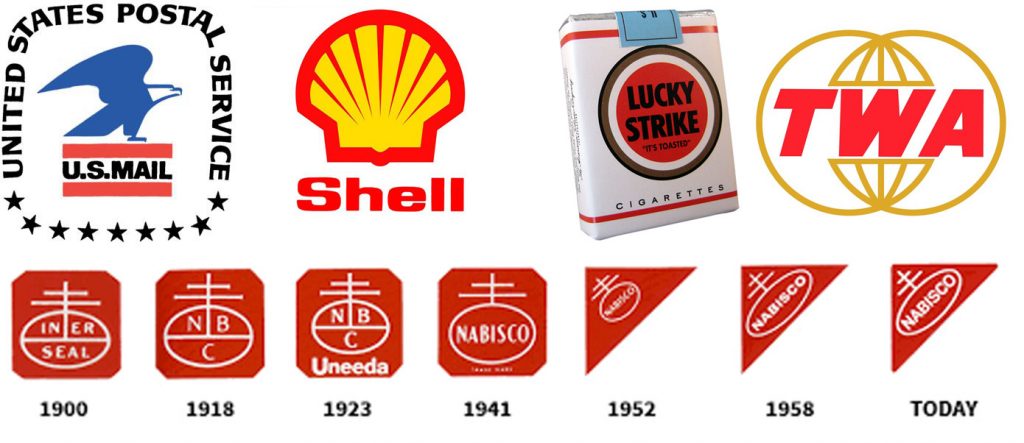
At 15 years old in 1908 Loewy invented a rubber band-driven model airplane. This was only 5 years after the Write Brothers’ first flight. At a time when very few people in the world saw a man-made object fly. At 15 Loewy was also interested to see it sell. He would go to on tour giving demonstrations at small theaters where the model would take off from the stage, fly over the crowd, loop back where Raymond would catch it. This set the stage, if you will, for Raymond Loewy to become America’s first Superstar Designer. He later wrote about his experience saying that things that fly should be simple and beautiful. He considered these things on how it would look, and how it would work. He had a pragmatic business sense, a firm understanding of manufacturing and marketing flair as part of his mantra in business from that point on.

He was able to convince his clients that his high fees would be recovered over and over again in additional sales and production savings. Raymond believed he could make anything better except the Egg and the Needle. In 1949 Raymond Loewy was on the cover of Time as the personification of industrial design. He had 5 offices billing $3 million a year (appx. $36.4 million today). Loewy’s break came in the 1930’s when Henry Dreyfuss (designer of the Bell Telephone) hired Loewy to design the Coldspot Refrigerator. He cut the legs off and gave the body clean lines to express that it was not an electrified icebox, but a piece of modern living.
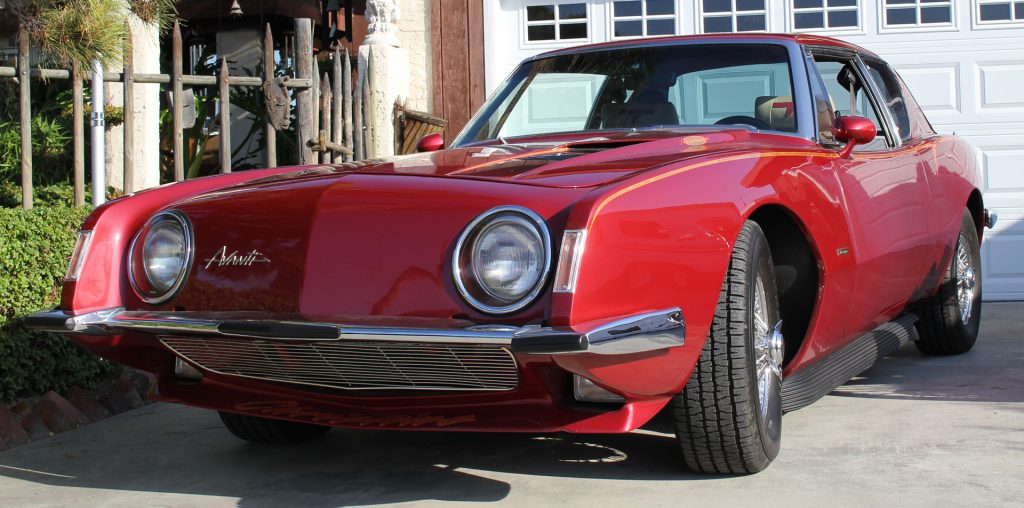
Automobilia fans know of Loewys work. He changed Esso to Exxon, designed the Shell logo, former BP logo, the TWA logo and Nabisco and Lucky Strike logos. His Studebaker division started in 1939 worked with Virgil Exner where Loewy updated the “turning wheel” design which had been their trademark since 1912. During WWII the top three auto manufacturers were restricted from designing civilian cars. Since Loewy Design Associates was a private company working for the 4th largest automotive manufacturer, they were able to design cars and had the first all-new post-war car in 1947, 2 years ahead of Ford, GM and Chrysler. Virgil Exner headed up the design studio and created the “Starlight” body which featured a rear-window that wrapped 180° around the rear seat. They created the iconic bullet-nosed Studebakers of 1950 and 51. Robert Bourke headed up the 1953 line of Starliner and Starlight coupes. A highly regarded design that was ranked best by the leading publications of the time. In the spring of 1961 Studebaker’s new president Sherwood Egbert hired the Loewy team to design the Avanti to energize a younger Studebaker buyer. Loewy formed a team of experienced designers and opened a studio in a home in Palm Springs, CA for the 40-day schedule to produce a finished design and scale model.
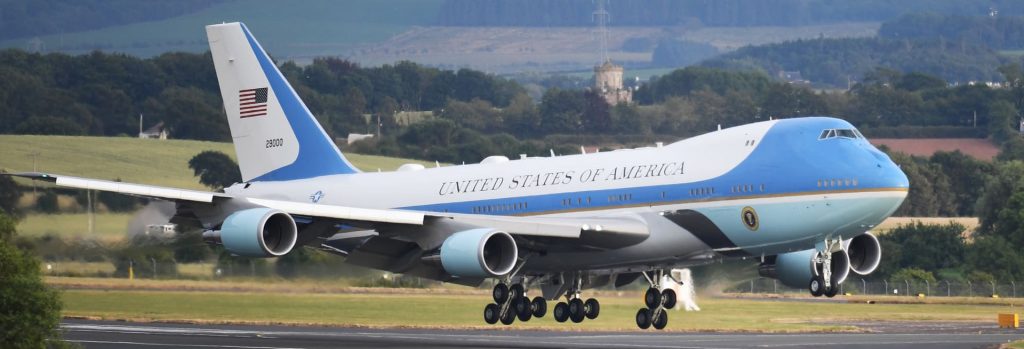
What started in the air, then on the tracks and the blacktop, Loewy finished his career back in the air when he was hired to design the Air Force One livery around a typeface, color, and other preferences of President John F. Kennedy who was advised on the scheme by First Lady Jacqueline Kennedy. His exploits in design went even further up. Literally. From 1967-1973 Loewy worked for NASA as a Habitability Consultant to design the Skylab space station launched in 1973.
Loewy once wrote: “Good design keeps the user happy, the manufacturer in the black, and the aesthete unoffended.”
